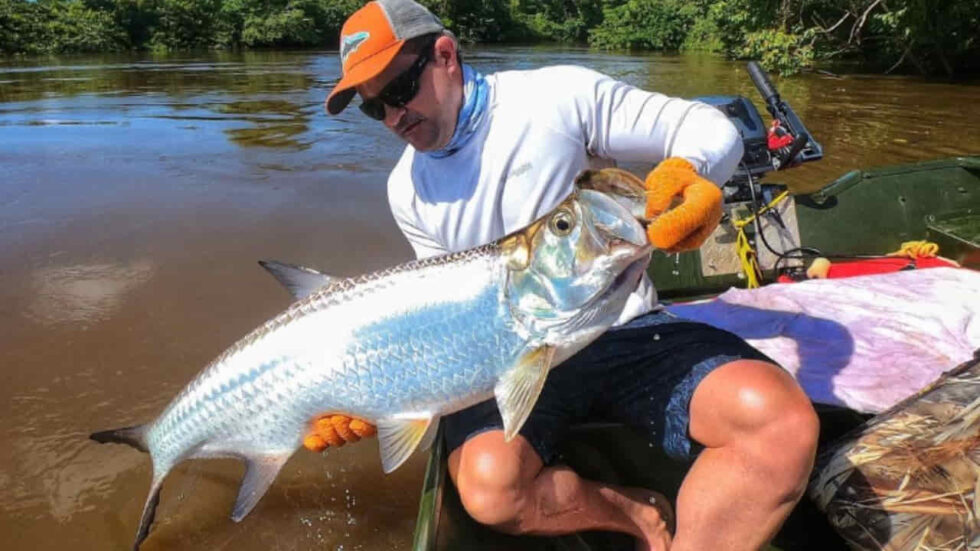
Costa Rica boasts the world’s greatest variety of species and settings for fly fishing. When we
talk about Costa Rica, we talk about biodiversity, as this small country, spanning only 51,100
km², holds 6% of the world’s biodiversity. In Costa Rica, you can fly fish for tarpon, machaca,
rainbow trout, roosterfish, blue marlin, and more.
Charlie, the guide coordinator at Costa Rica Fly Fishing Guide , introduces us to the possibilities his country offers for pursuing our favorite hobby.
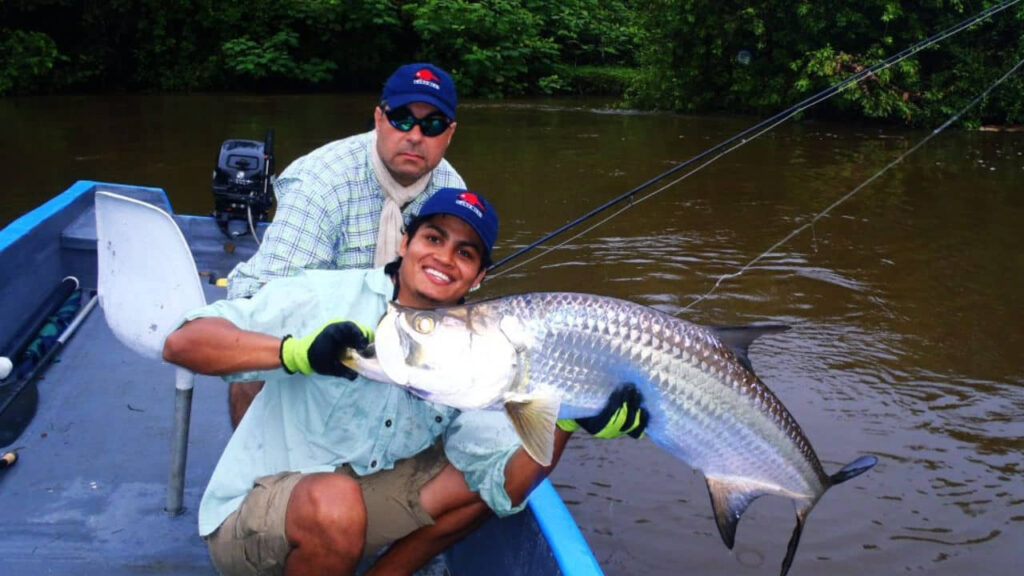
ABOUT THE MOST INTERESTING SPECIES FOR FLY FISHING IN COSTA RICA:
The main species of interest for fly fishing in Costa Rica are as follows:
# Tarpon:
Costa Rica is a prime destination for tarpon fishing. La Barra del Colorado,
Caño Negro, or the San Juan River are some of the best spots. The ultimate location for
fly fishing for tarpon in Costa Rica is Caño Negro. In the Tarpon Reserve of the Caño
Negro Jungle, tarpon undertake long migrations of hundreds of kilometers to the
region’s rivers for feeding. This phenomenon mainly occurs during the rainy season,
although there are also resident tarpon that remain in the fishing area year-round.
Fishing is influenced by weather and precipitation, with the best times to fish being
between January and May, as well as from August to October. The technique used for
fly fishing tarpon is from a boat, using fishing rods with #11 or #12 weight lines.
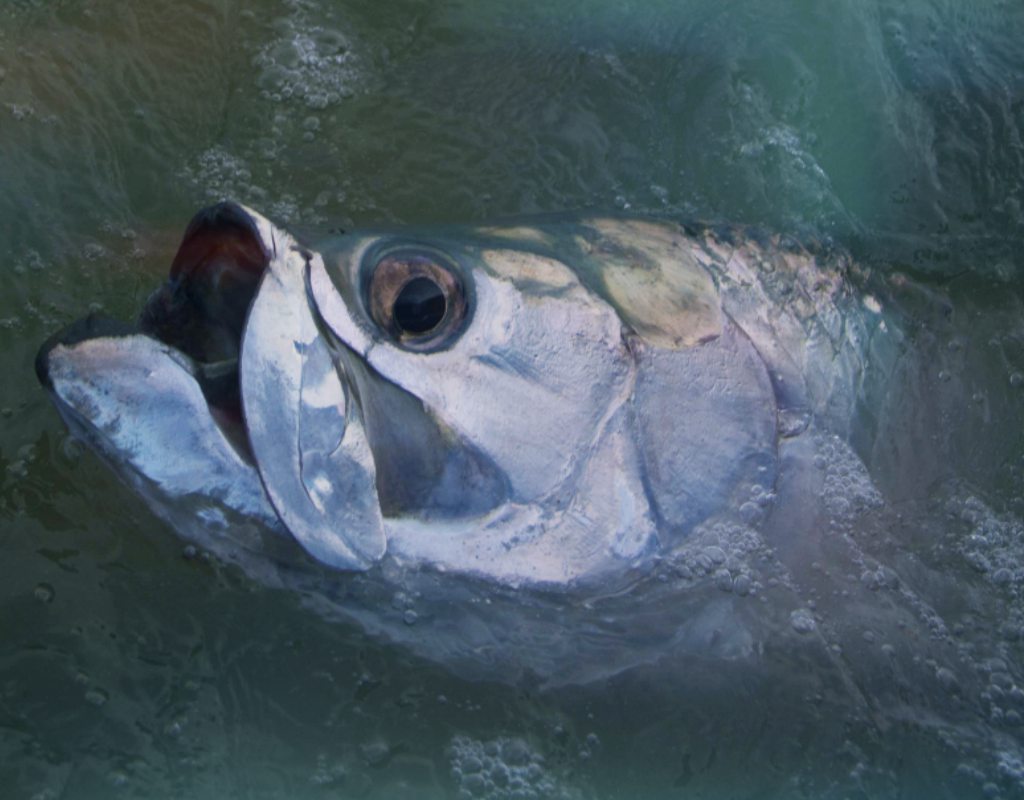
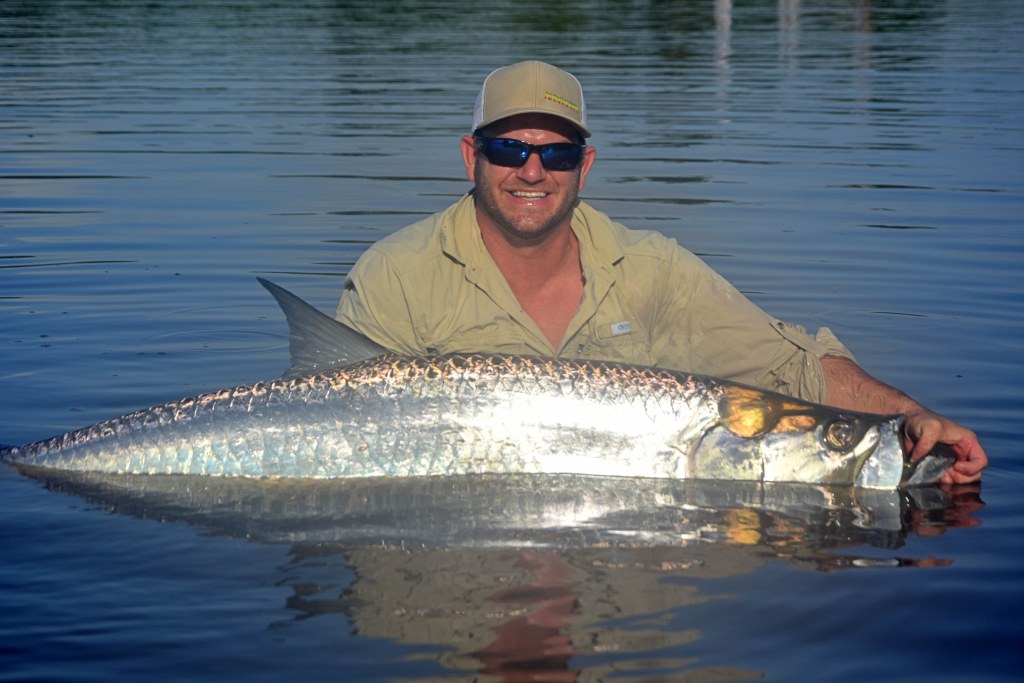
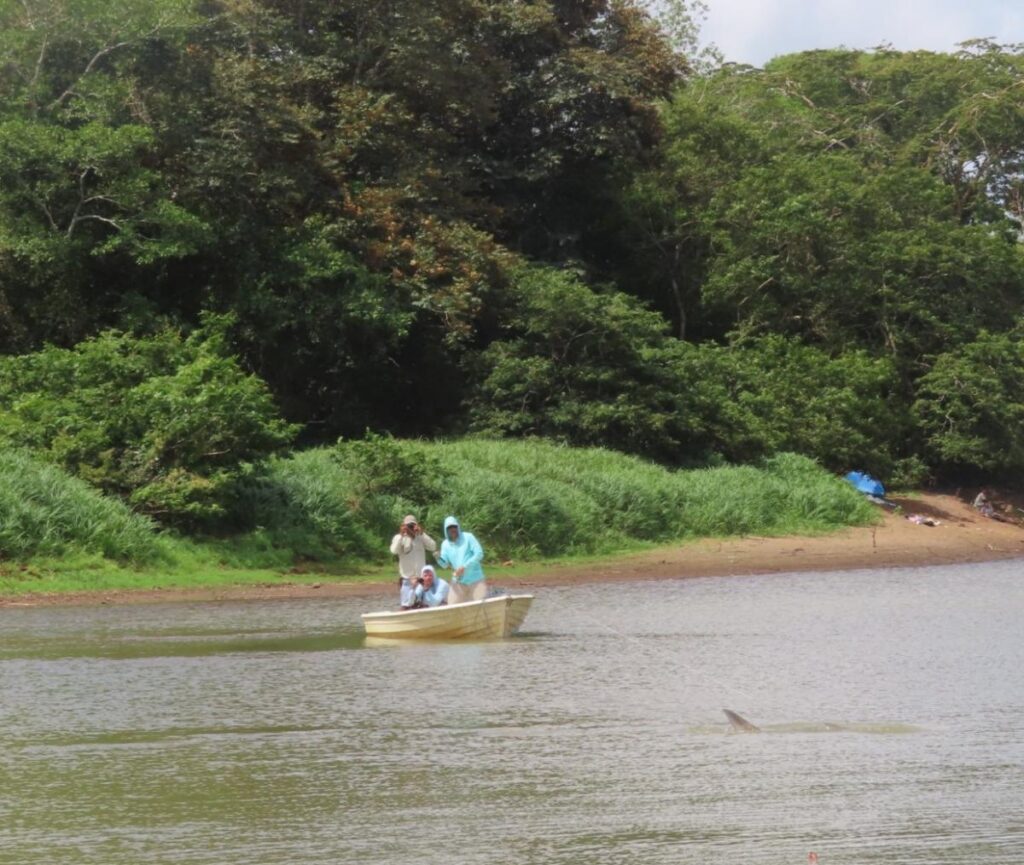
# Rainbow Trout:
In the 1950s and 1960s, some American fly fishing enthusiasts
introduced rainbow trout into high mountain streams in the region bordering Panama
as a form of military recreation. Since then, trout have thrived and become an
attraction for anglers seeking an exotic trout fishing experience. The best rivers for
trout fishing are the Savegre River, Chirripo River, Toro River, and Copey River.
Favorable conditions such as abundant insects and cold mountain streams led to the
naturalization and crossbreeding of trout from other regions like Canada, Mexico, and
California. Currently, trout are locally known as “Tico” trout.
# Machacas:
Machaca is one of the most fun and exotic fish that a fly fisherman can
catch in Costa Rica. This fish belongs to the piranha family and has omnivorous feeding
habits. It is characterized by often feeding on fruits from trees on the water’s surface,
its aggressiveness, and fighting abilities. It is usually caught with flies that imitate wild
fruits or with poppers, using thick fluorocarbon to prevent them from breaking it with
their teeth, and from boats. This fish, known in Costa Rica as “mini sábalo,” has an
average size of 3 to 6 pounds, although it can reach between 10 and 15 pounds. Some
of the best rivers for its fishing are located in the Guanacaste area.
#Saltwater Species:
Fly fishing in blue waters on the Pacific side of Costa Rica offers a
multitude of possibilities, specifically in the Osa Peninsula and near Tamarindo. The
region provides very consistent fishing for a variety of species such as sailfish, marlin,
dorado, tuna, roosterfish, snapper, and grouper. A wide variety of boats are used for
fishing these species, and wading from the shore is rarely done.
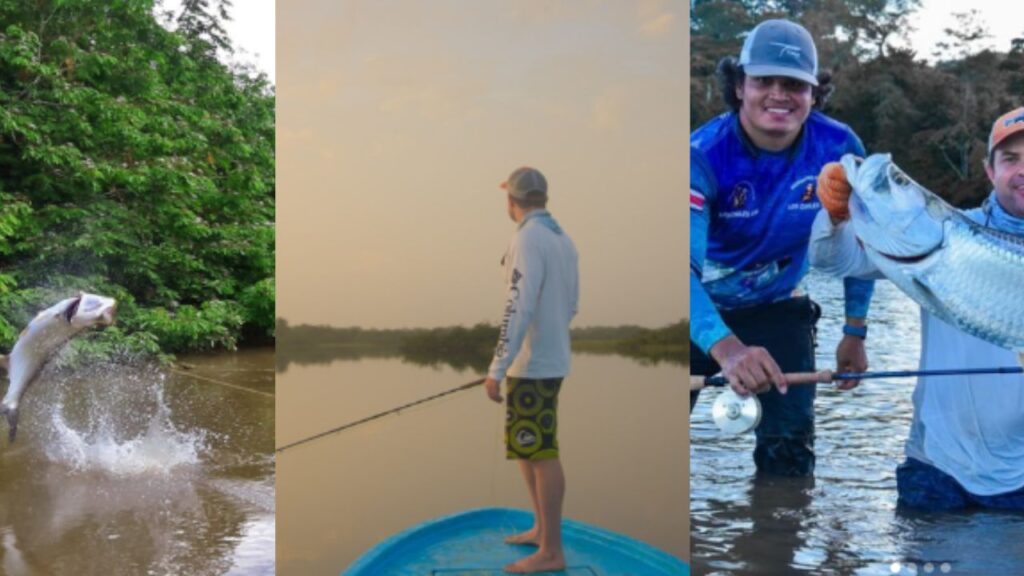
WHERE TO FLY FISH IN COSTA RICA?
Fly fishing in Costa Rica can be divided into the following regions:
Caribbean:
Costa Rica’s Caribbean coast is located in the northeast of the country and offers white sandy
beaches bordered by lush tropical jungles, where Afro-Caribbean culture and indigenous
traditions intertwine in a vibrant mix of music, cuisine, and folklore. This place is considered
one of the best in the world for trophy tarpon fishing. The best fishing areas for this fish are
located in the river mouths such as the Colorado River. Tarpon are usually found in the deltas;
although during the wet season many of them migrate upstream in freshwater rivers in search
of food, there are resident tarpon populations in rivers like the San Juan River that flow into
the Caribbean Sea. Besides tarpon fishing, fly fishermen can catch other species such as Jaguar
Guapote, Barracuda, Black Belt Cichlid, Jack, Machaca, Mojarra, Moga, Permit, Rainbow Bass,
Snook, Tarpon, Tepemechín (Mountain Mullet), and Tripletail.
Guanacaste:
The Guanacaste region, located in northwestern Costa Rica, is known for its lush natural
beauty and ecological diversity. Home to rivers like the Tempisque River and the Tenorio River,
this region offers very good opportunities for catching machaca and rainbow bass from a boat.
Machaca fishing is very enjoyable, as this fish, from the piranha family, is caught on the surface
using poppers and fruit imitations. Additionally, on the Pacific coast of Guanacaste, there are
very good options for catching roosterfish, near Tamarindo. In summary, the species that can
be caught fly fishing in Guanacaste are Sailfish, Marlin, Dorado, Tuna, Amberjack, Snapper,
Rainbow Bass, Bluefin Trevally, Rainbow Runner, Roosterfish, Snook, Tepemechín (Mountain
Mullet), Wahoo, and Jack.
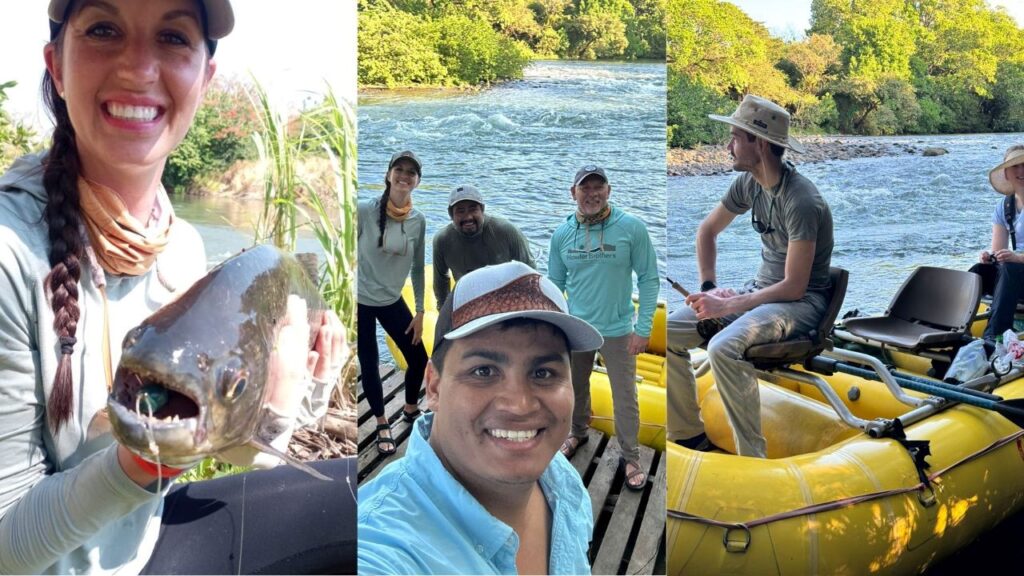
Pacific and Osa Peninsula:
The southwestern sector of Costa Rica is bathed by the Pacific Ocean. There is located the Osa
Peninsula and National Parks such as Corcovado. This part of the country is very interesting for
saltwater fly fishing, as a multitude of species can be caught such as Tarpon, Sailfish, Jack,
Dorado, Amberjack, Triggerfish, Roosterfish, Bluefin Trevally, Tuna, Snapper, Rainbow Runner,
Wahoo, Snook, and Marlin.
Northern Zone:
The northern inland region of Costa Rica borders Nicaragua. Part of the division between
countries is made by the San Juan River, a river where the largest tarpon in the country have
been caught. Another icon of this sector of the country is the Arenal Volcano and the Caño
Negro Wildlife Refuge. In this area, the cold river forms numerous lagoons during the rainy
season with a multitude of wildlife such as herons, howler monkeys, jaguars… in this river,
enormous tarpon can be seen hunting in the channels and arms of the river. These are
migratory tarpon that ascend the river from the Caribbean, although there is also a population
of resident tarpon. Besides tarpon, in this area of the country, other species of interest for fly
fishing can be caught such as Jaguar Guapote, Machaca, Mojarra, Moga, Rainbow Bass, Snook,
Tarpon, and Tepemechín (Mountain Mullet).
Inner Costa Rica, Talamanca:
Talamanca is an impressive and culturally rich region located in southeastern Costa Rica. It is
known for its unique biodiversity, mountainous landscapes, tropical jungles, and indigenous
communities. This area is home to the La Amistad International Park, a UNESCO World
Heritage Site, which encompasses an extensive area of rainforest and hosts an immense
variety of flora and fauna, including many endemic species. The Talamanca region is also home
to several indigenous communities, including the Bribri and Cabécar tribes, who have
preserved their cultural traditions and ways of life for centuries. The most representative
fishing in this place is trout fishing in small mountain streams. These trout were introduced
artificially and populations have settled in some of their streams. Besides trout fishing, other
species such as Moga, Mojarra, Rainbow Trout, Machaca, and Tepemechín (Mountain Mullet)
can be caught with fly fishing.
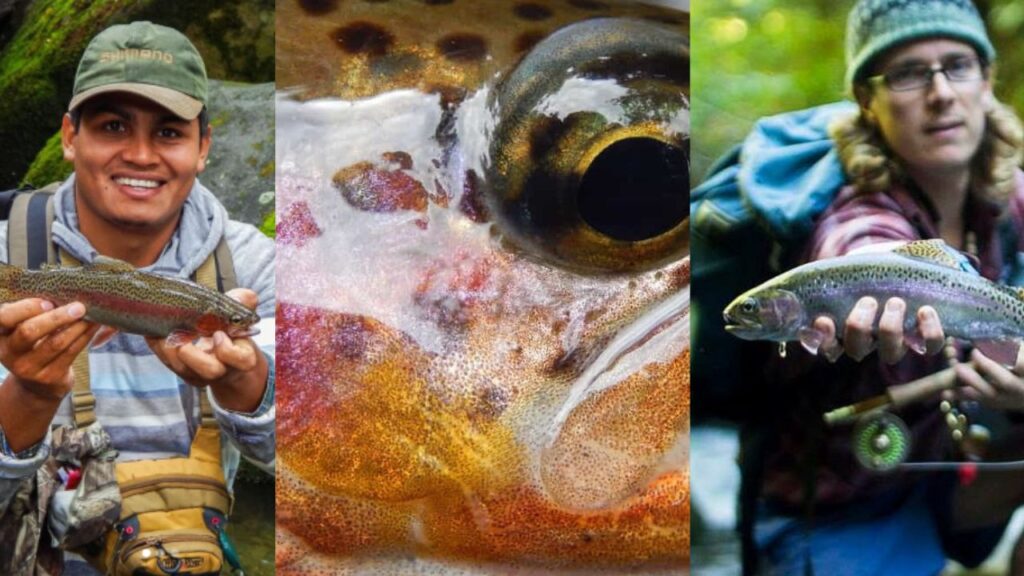
FISHING LICENSE FOR FLY FISHING IN COSTA RICA
The fishing license required for fishing in Costa Rica can be acquired via the website of
INCOPESCA.
INCOPESCA, which stands for the Costa Rican Institute of Fisheries and Aquaculture, is a public
institution tasked with overseeing and regulating the fishing and aquaculture sectors within
Costa Rica. Its primary mission is to foster the sustainable growth of these industries while also
preserving marine and aquatic resources for future generations. INCOPESCA sets regulations,
grants permits and licenses, conducts scientific research, and collaborates with other
organizations to ensure the proper conservation and management of Costa Rica’s marine and
aquatic resources.
BEST MONTHS FOR FLY FISHING IN COSTA RICA
The best months for fly fishing in Costa Rica vary depending on the species and the prevailing seasons. Costa Rica experiences two main seasons: dry season (November – April) and wet season (May – November). It’s crucial to consider these seasons when planning a fishing vacation, along with fish migration patterns and breeding seasons. There isn’t a uniform pattern for all species, but the following points might help:
- Tarpon: The prime times for tarpon fishing in Costa Rica are from January to May and from August to October, particularly during the wet season and heavy rains.
- Rainbow Trout: Rainbow trout fishing in Costa Rica is best from November to May, although they can be caught year-round.
- Machacas: The ideal season for fishing machacas is year-round, but the best months are from January to April when they feed on tropical fruits falling into the water.
- Roosterfish: Roosterfish can be caught year-round in Costa Rica.
- Blue Marlin: The peak months for blue marlin fishing in Costa Rica are November, December, March, and April.
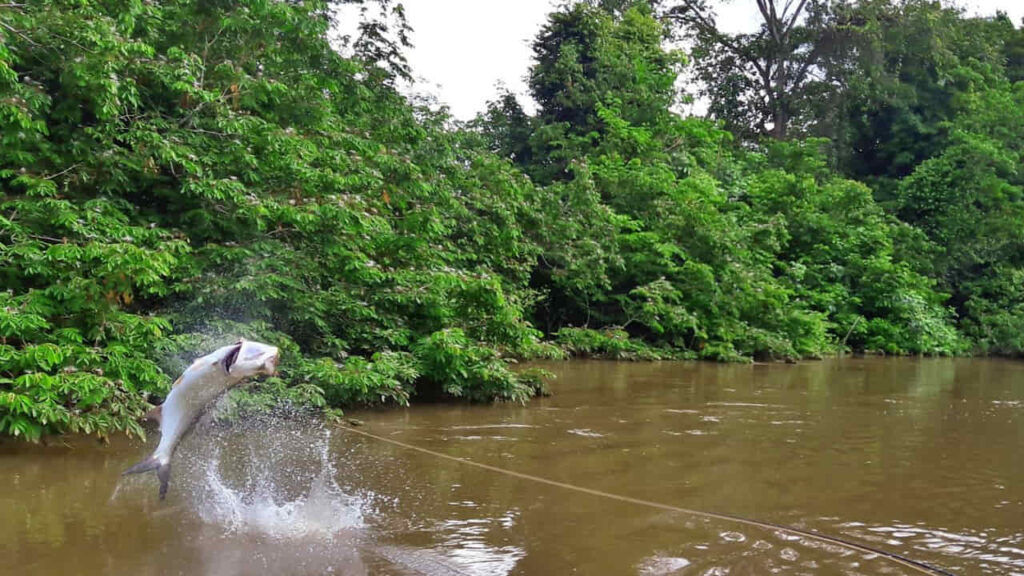
FLY FISHING GUIDES IN COSTA RICA
Charlie Chavarría, son of Peter Gorinsky, the founder of Fly Fish in Costa Rica and the country’s
first fly fishing guide, learned the craft from his father and has become the most renowned
local guide in the country. He currently serves as the head guide for the company
www.costaricaflyfishingguides.com, leading fly fishing operations throughout this Central
American nation. If you’re interested in embarking on a fly fishing trip to Costa Rica, don’t
hesitate to contact him or his colleague, Adrián.
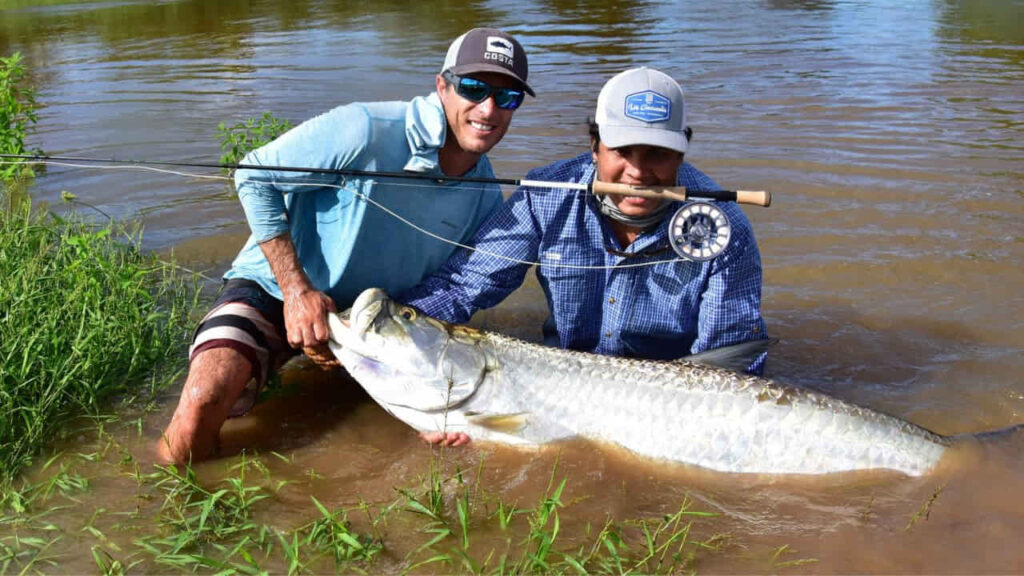

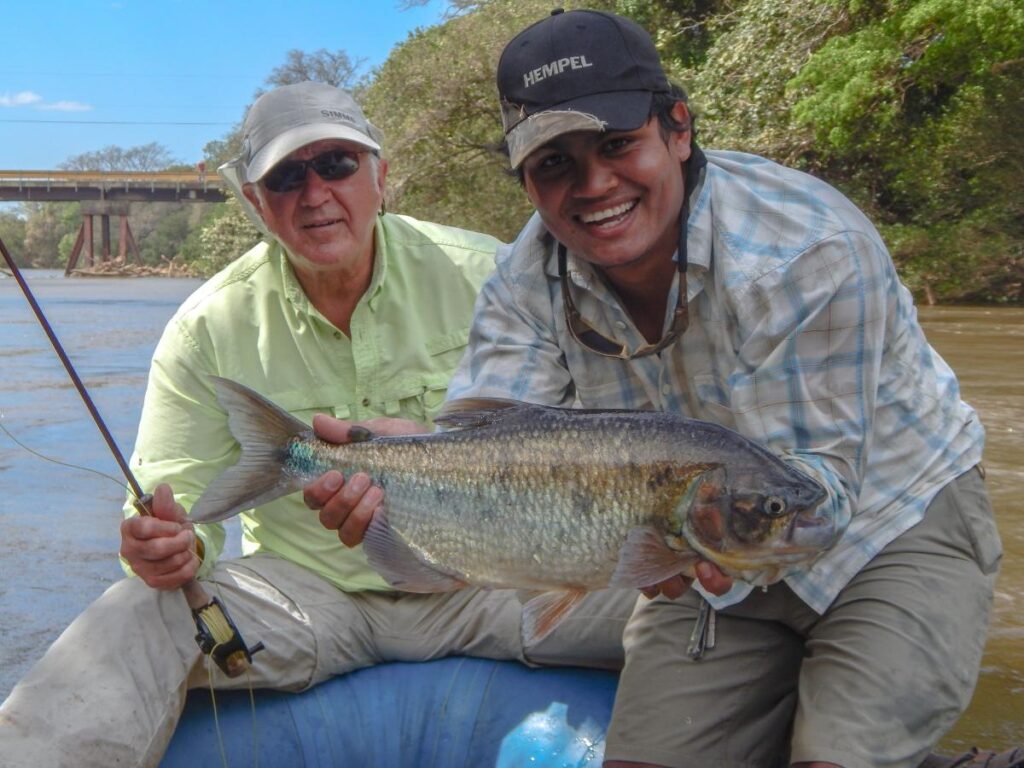

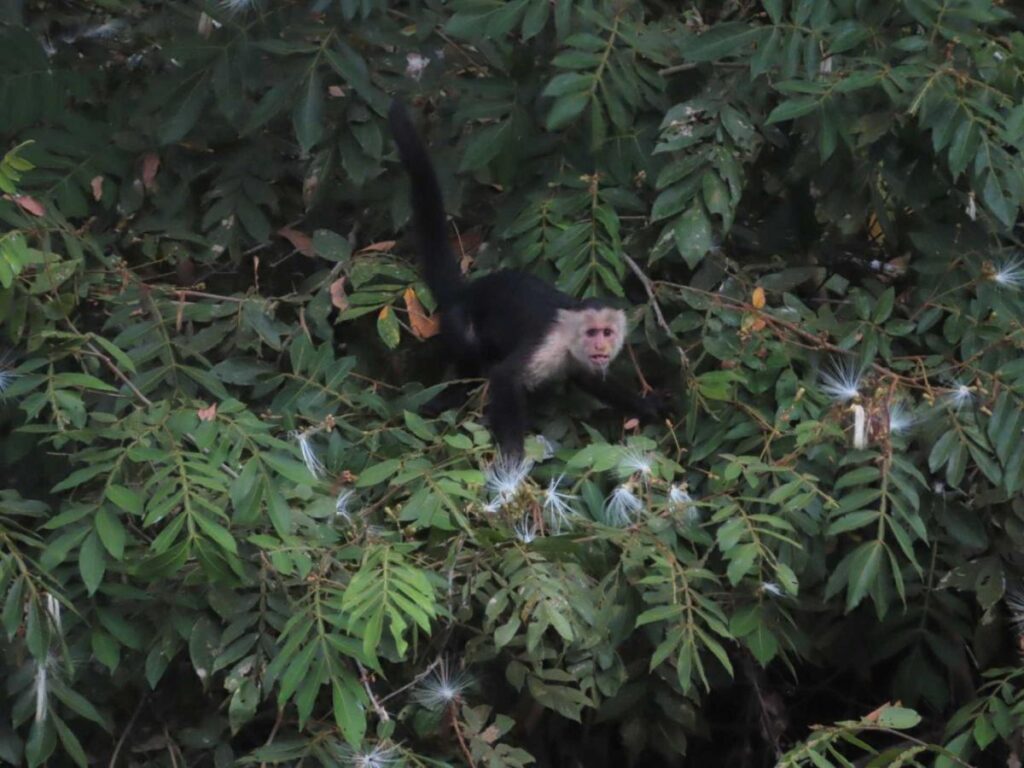
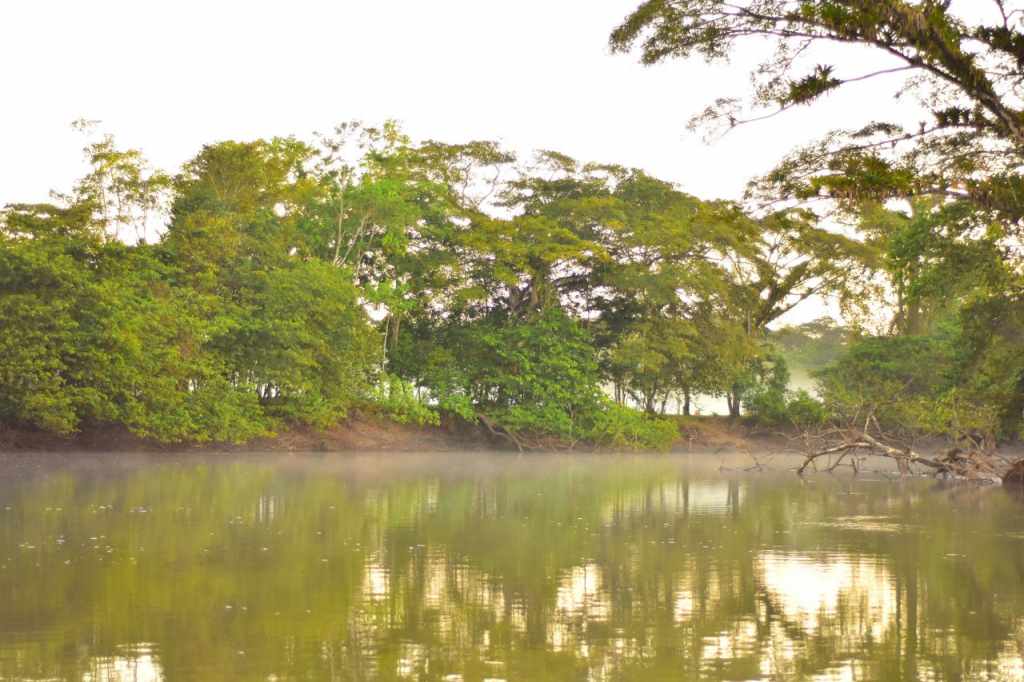
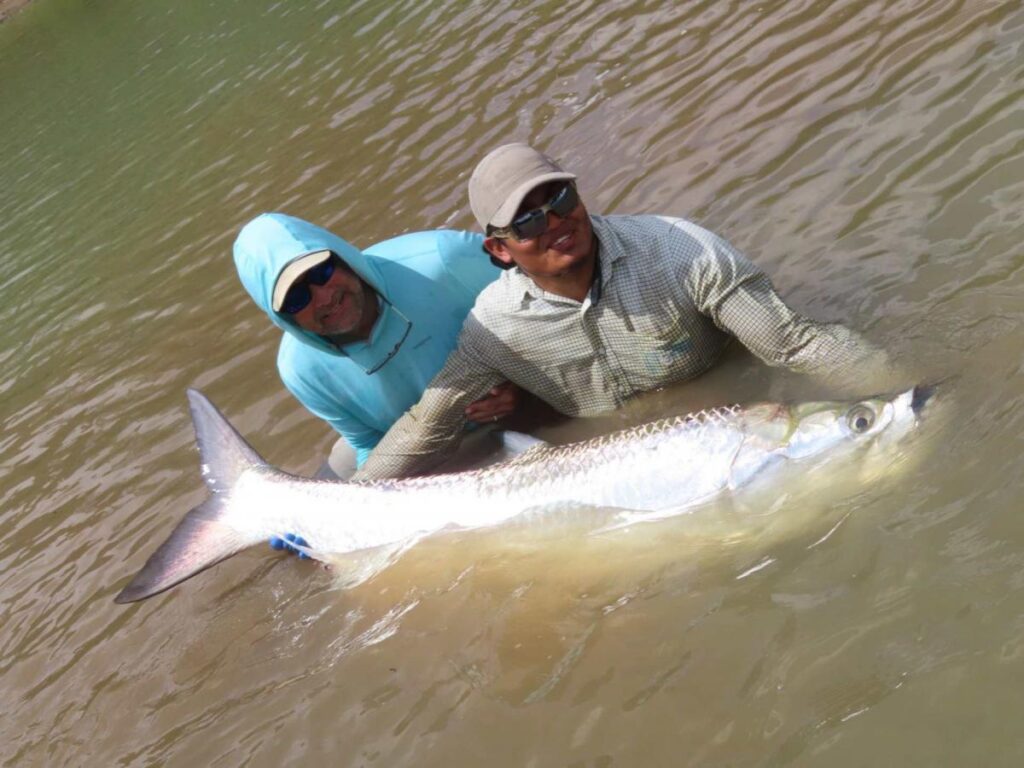
INTERESTING INFORMATION FOR TRAVELERS
Documentation and Visa:
American citizens do not need a visa to enter Costa Rica for stays of fewer than 90 days.
However, they must have a valid passport for at least six months after the date of entry.
Language:
Spanish is the official language, but many Costa Ricans speak English, especially in tourist
areas.
Currency:
The official currency is the Costa Rican colón (CRC), but the US dollar is widely accepted in
tourist establishments. It’s advisable to carry colones for smaller transactions and dollars for
major activities.
Climate and Clothing:
Costa Rica has a tropical climate with two main seasons: the dry season (December-April) and
the rainy season (May-November). Light clothing and insect repellent are recommended, along
with rain gear during the rainy season.
Health:
Specific vaccines are not required to enter Costa Rica from the United States. However, it’s
advisable to be up to date on routine vaccines. Preventive measures against mosquito-borne
diseases like Dengue and Zika, such as repellent and protective clothing, are suggested.
Safety:
Costa Rica is generally safe for tourists, but caution is advised in urban areas, and it’s advisable
to avoid displaying valuables in public. Additionally, it’s important to be aware of local
conditions and follow government safety recommendations.
Transportation:
Costa Rica can be accessed mainly by air through several international airports. Internal
transportation includes bus services, taxis, car rentals, and domestic flights to access different
parts of the country.
Tourist Attractions:
Costa Rica is known for its biodiversity and natural beauty. Some popular attractions include
Manuel Antonio National Park, Arenal Volcano, Monteverde Cloud Forest Reserve, and the
beaches of the Nicoya Peninsula, among others.
Culture and Customs:
Costa Ricans are known for their friendly and hospitable attitude. It’s common to greet with a
handshake or a cheek kiss among acquaintances. Tourists are expected to respect local culture
and traditions.
Electricity:
Costa Rica uses the North American voltage standard (110V), so Americans do not need
adapters for their electronic devices.
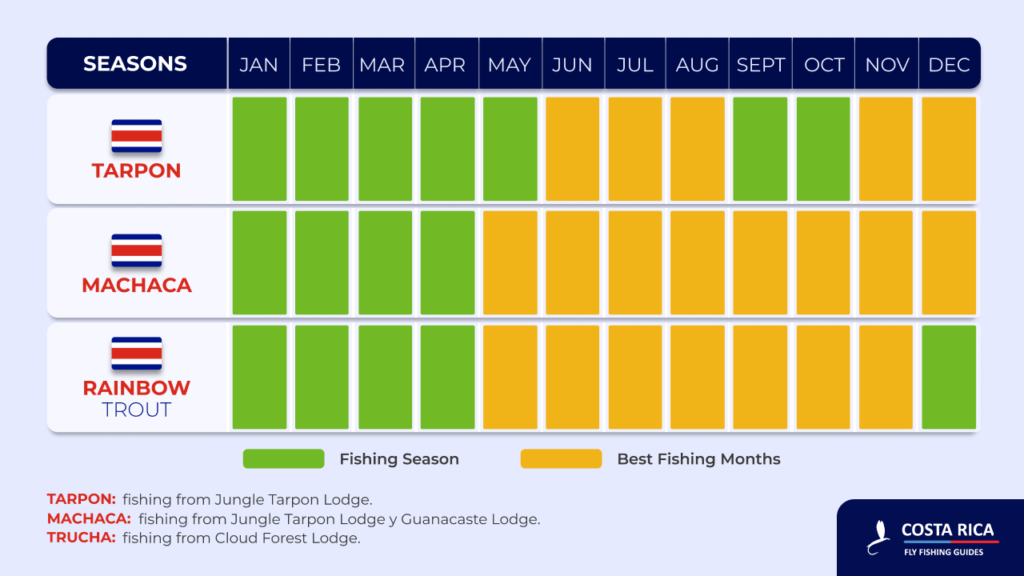
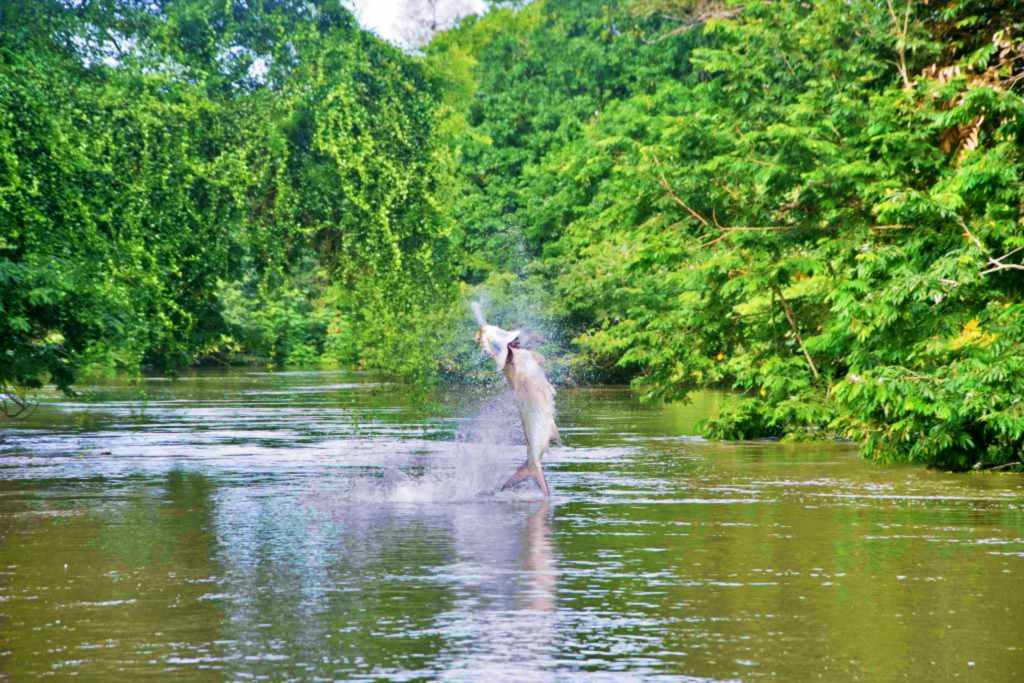

Leave a Reply